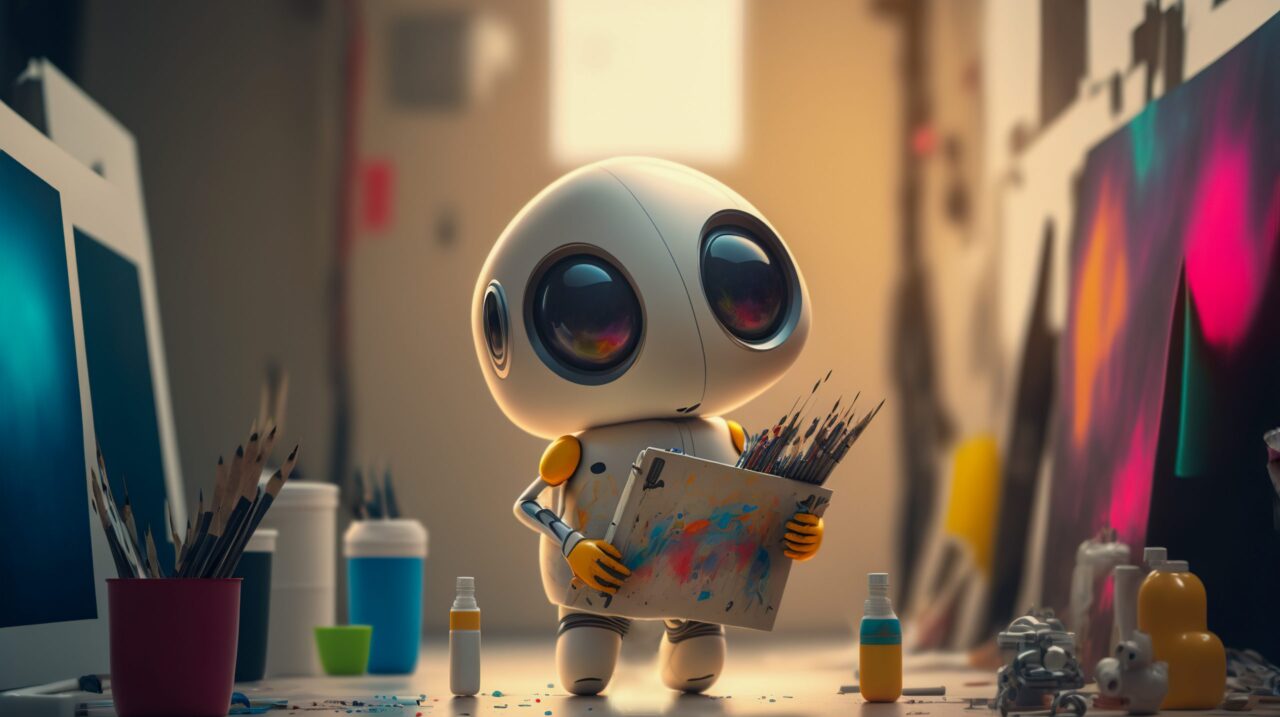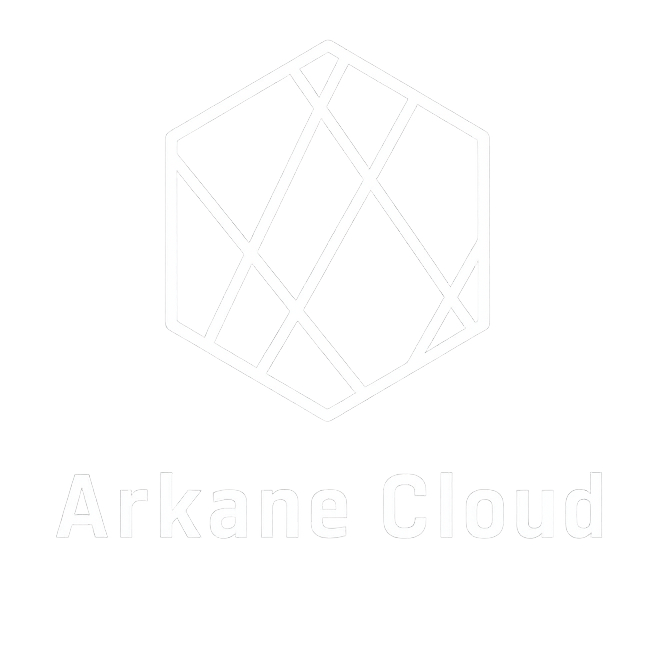How to use stable diffusion

Setting Up Stable Diffusion
Setting up Stable Diffusion on a cloud server requires a few key steps to ensure optimal performance and compliance with relevant licenses. This process involves selecting the right cloud platform, configuring the server, and familiarizing oneself with the graphical user interface (GUI) for image generation.
Choosing and Configuring the Cloud Server:
- Start by subscribing to a Stable Diffusion Cloud Server on Arkane Cloud. Options include servers supporting RTX A5000.
- The default server, RTX A5000, is equipped with an NVidia RTX A5000 GPU, featuring 24 GB of GPU memory and 32 GB of system memory, ideal for Stable Diffusion.
- For larger image generation tasks, servers with 5000 ADA GPUs offering 32 GB of GPU memory are recommended.
- Remember to turn off the cloud server when not in use to manage costs and resources efficiently.
Running the Stable Diffusion GUI:
- Upon logging into your Stable Diffusion Cloud Server, you’ll find desktop icons for starting Stable Diffusion and accessing its GUI.
- The “SD – START” command initializes the model and launches a webserver accessible at http://localhost:7860.
- The “SD – GUI”, developed by Automatic, opens the Stable Diffusion user interface in a web browser, allowing for interactive usage.
Using the Text to Image Feature:
- The GUI provides controls for creating images from text prompts. You can enter image descriptions, adjust sampling steps (usually between 30-50), and set batch counts for image generation.
- Other controls include adjusting the Creativeness/CFG Scale, selecting the resolution (up to 512 x 512 is optimal for 16 GB GPUs), and choosing the sampling method.
- Additional features like tiling and restoring faces (using GFPGAN) are also available for more advanced image manipulations.
Image to Image Translation:
- The “img2img” mode in the GUI facilitates image-to-image translation.
- You can select a source image from the server, adjust the “Denoising Strength” to determine how much the source image influences the output, and then generate the new image.
- The resulting images are stored in a designated output folder on the desktop for easy access and management.
By following these steps, users can effectively utilize the power of Stable Diffusion on their cloud servers, unlocking a realm of possibilities in AI-driven image generation.
Utilizing Stable Diffusion: A Step-by-Step Guide
Leveraging Stable Diffusion for image generation involves a sequence of creative and technical steps. This AI model has a versatile range of applications, from generating unique images to transforming existing ones, offering a vast playground for visual exploration.
- Text-to-Image Generation (txt2img):
- The primary function of Stable Diffusion is to convert text prompts into images.
- Users need to provide a descriptive prompt, like “gingerbread house, diorama, in focus, white background, toast, crunch cereal.”
- The model interprets this prompt and generates an image that aligns with the given description. This feature enables users to translate their textual ideas into visual representations effortlessly.
- Image-to-Image Transformation (img2img):
- Stable Diffusion also offers the capability to transform one image into another.
- This function is particularly useful for reimagining an existing image in a new style or context.
- By inputting an original image and a guiding prompt, the model can generate a new image that reflects the essence of the original while incorporating new elements or styles.
- Photo Editing:
- In addition to generating and transforming images, Stable Diffusion can be utilized for photo editing tasks.
- Techniques similar to Photoshop’s generative fill function, such as inpainting, enable users to regenerate parts of an image.
- This functionality is especially useful for correcting flaws in AI-generated or real images, enhancing their overall quality and appeal.
- Video Creation:
- Expanding beyond still images, Stable Diffusion can be employed to create videos.
- There are two main approaches: generating videos from a text prompt or transforming an existing video into a new style.
- This opens up possibilities for dynamic visual storytelling, allowing users to craft engaging video content with the help of AI.
Through these diverse applications, Stable Diffusion stands as a powerful tool for creative professionals, tech enthusiasts, and anyone looking to explore the frontiers of AI-assisted image generation.
Practical Utilization: Transforming Theory into Application
Stable Diffusion, a milestone in generative AI, has extended its reach far beyond the confines of theoretical AI, embedding itself into diverse practical applications across various industries. This transformation from a sophisticated AI model to a multipurpose tool reflects its versatility and adaptability in real-world scenarios.
- Advertising and Marketing:
- In the dynamic world of advertising, Stable Diffusion stands as a revolutionary tool for creating custom visual content. It enables marketing agencies to quickly produce images that align with specific campaign themes or brand identities, fostering a new era of personalized and innovative digital marketing.
- Film and Entertainment:
- The model is a game-changer in visual effects and conceptual art. Film studios can use Stable Diffusion for creating detailed concept art and pre-visualizations, accelerating the creative process and broadening design possibilities.
- Fashion and Retail:
- It offers fresh perspectives in product visualization and marketing. Fashion designers can visualize new designs effortlessly, while retailers can generate lifelike product images for online stores, potentially reducing the dependency on traditional photoshoots.
- Architecture and Interior Design:
- Stable Diffusion aids in producing detailed renderings and visualizations, enabling architects and designers to present their ideas more vividly and realistically to clients.
- Educational and Training Materials:
- The model plays a crucial role in creating detailed images and diagrams for educational materials, particularly in fields where visual representation is key to understanding complex concepts.
- Healthcare and Medical Imaging:
- In healthcare, it holds the potential to enhance image reconstruction in medical imaging and generate synthetic data for AI training, ensuring patient privacy and providing ample data.
The versatility of Stable Diffusion is further amplified by its open-source nature, democratizing AI innovation. It invites collaboration and contributions from a wide range of users, including small businesses, independent artists, and academic researchers. This accessibility, combined with minimal hardware requirements, lowers the barrier to entry, allowing more people to harness this advanced technology.



 Jun 20,2024
Jun 20,2024  By Julien Gauthier
By Julien Gauthier